From acne-squeezing scars, hormonal effects, or dark spots from UV damage, hyperpigmentation is notoriously tricky to budge. Editor Trudi Brewer says winter is the time to treat your skin with active products that boost clarity. Here’s the expert advice and the skincare we rate at Life Pharmacy to treat it with.
Image BeautyEQ
What Is Hyperpigmentation?
A common skin condition that can affect all skin types and ages, hyperpigmentation is one of the most common complexion concerns. Dr Anita Sturnham, the founder of Nuriss Skincare & Wellness Clinics, believes, "Showing as brown patches, not too dissimilar to large freckles, there are two classifications of hyperpigmentation. Localized or diffuse, meaning it appears in small patches on the skin or as a larger area of altered pigmentation."
The first thing you will notice about this new peel is how luxurious it is to use and instant results. Created to be as effective as an in-salon professional peel but one you can use at home. It targets more than one skincare concern too, which is excellent. Thanks to the blend of acids and enzymes, including glycolic, salicylic and lactic acids, with fermented fruit like pomegranate that gently exfoliates. While phytic and tranexamic acids brighten and smooth the look of an uneven complexion. The brand says you can expect to resurface and renew the skin - we saw clarity and the feeling of ultra-smooth skin after one application.
To use: On freshly cleansed skin, massage a full dropper amount into the face, except around the eye area. Leave on for up to three minutes and then rinse, followed with moisturiser and an SPF. You may experience tingling (we didn’t), which is normal - it’s those acids and enzymes doing their job.
What Causes Hyperpigmentation?
Many factors cause dark spots. "Systemic conditions include Addison's disease, hyperthyroidism, or hemochromatosis, cause diffuse hyperpigmentation, which may also occur because of a medication side effect," says Sturnham. But, she adds, "Localised hyperpigmentation is the more common and is due to anything that causes inflammation in the skin, where a signal to our melanocytes, the cells that produce brown melanin pigment as part of an immune response," she explains. "This inflammation can be caused by UV damage, acne spots and breakouts, harsh chemicals on the skin, and even hormonal fluctuations, such as those in pregnancy or when taking the contraceptive pill."
Prevage Elizabeth Arden Prevage 2.0 Anti-Aging Daily Serum 30ml, $199.
One of the most famous anti-ageing serums, this new
supercharged 30ml option still heroes Idebenone and ten potent ingredients to help visibly reverse those brown spots bought on by environmental damage. First, Idebenone, which is four times stronger than vitamin C for boosting skin brightness, then vitamin E, the great skin healer, with a blend of ginger, hibiscus seed and clary sage, peony petal, bush clover and Indian Cassia flower extracts. With this combination of antioxidants, the brand says it will visibly reduce dark spots by 78 per cent.
To use: Warm a few pumps of the serum in your palms and massage into the skin in upward movements.
Are Some People More Susceptible to Hyperpigmentation Than Others?
Unfortunately, the answer is yes. "Melanocytes, instability is the main reason we develop hyperpigmentation. These pigment-producing cells that live at the dermo-epidermal junction and basal layers of our skin can become hyperactive if triggered and start overproducing melanin, leading to hyperpigmentation and sunspots," Sturnham breaks it down. "The more baseline melanin you have in your skin, the more risk you have of developing hyperpigmentation in the first place."
Lancôme Clarifique Pro Solution and Spot Eraser, $185
For anyone who is after a potent spot treatment, the blend of ellagic acid from wild French beech buds helps speed up the skin's natural cycle of renewal while brightening vitamin C helps give your complexion an enviable glow.
To use: Apply the dark spot treatment on specific areas to reduce the dark spots appearance; use in the morning before moisturiser, and SPF or at night before night cream.
How Can you treat hyperpigmentation?
"First and foremost, hyperpigmentation is multifactorial: There may be genetic, metabolic, hormonal and environmental factors, all acting as triggers," warns Sturnham, reminding us that there is no single therapy available that will completely cure dark spots. But you can get great results, says Sturnham. "Using a combination of at-home and in-clinic based procedures, we can generally achieve adequate reduction and even complete resolution in many patients," she promises.
Clinique Even Better Dark Spot Corrector & Interrupter, $189.
The combination of "damage erasers," technology Clinique call 'CL302 equalizers, is a concentrated brightening molecule that contains a raft of botanical extracts. From Japanese Gyokuro, green tea, mulberry root extract, rice bran, wheat germ, barley, olive extracts, cucumber, birch bark, caffeine and licorice root, together is a brilliant weapons in the war on brown spots. The famous dark spot strengthens that antioxidant lineup 'cluster busters' seedcake yeast and salicylic acid, which gently exfoliate away that discolouration.
To use: Gentle enough to use twice daily, morning and night. A couple of pumps will cover your face and neck but avoid the eye area.
Is there one product that can help?
"It goes without saying that sunscreen protection from melanocyte-triggering UV damage is integral to the success of your treatment program," says Sturnham. Who adds, "Look for a combination of mineral and chemical blocking agents such as titanium dioxide and ethyl salicylate to provide adequate broad-spectrum protection.”
La Roche-Posay Niacinamide 10 Serum, $75.
The addition of 10 per cent niacinamide (vitamin B3) in this serum helps targets discolouration, post-acne marks and dark spots. At the same time, the added benefit of that skin hydrating hyaluronic acid and thermal spring water hydrates and soothes any irritation.
To use: Massage two drops into the skin day and night, then apply moisturiser and SPF for the day.
What brightening ingredients to look for when purchasing skincare
An easy way to fade dark spots is to brighten your entire complexion and skin tone. To do this, keep your eyes out for products with brightening ingredients like vitamins A and C, alpha arbutin, licorice root extract, resorcinol, caffeine green tea, niacinamide (a.k.a. vitamin B3), kojic acid, salicylic and lactic acids.
The Ordinary 100% L-Ascorbic Acid Powder $13.
The beauty of this powder is that it can be customised to fit into any routine. You mix a small amount of this 100 per cent vitamin C powder with any other product, including serums and moisturisers, to get the skin-brightening benefits of Vitamin C. You may feel tingling for the first few weeks of using the powder. This abates once the skin’s tolerance to vitamin C builds.
To use: Use at night only; avoid the eye area and mix a pinch with mix with evening skincare.











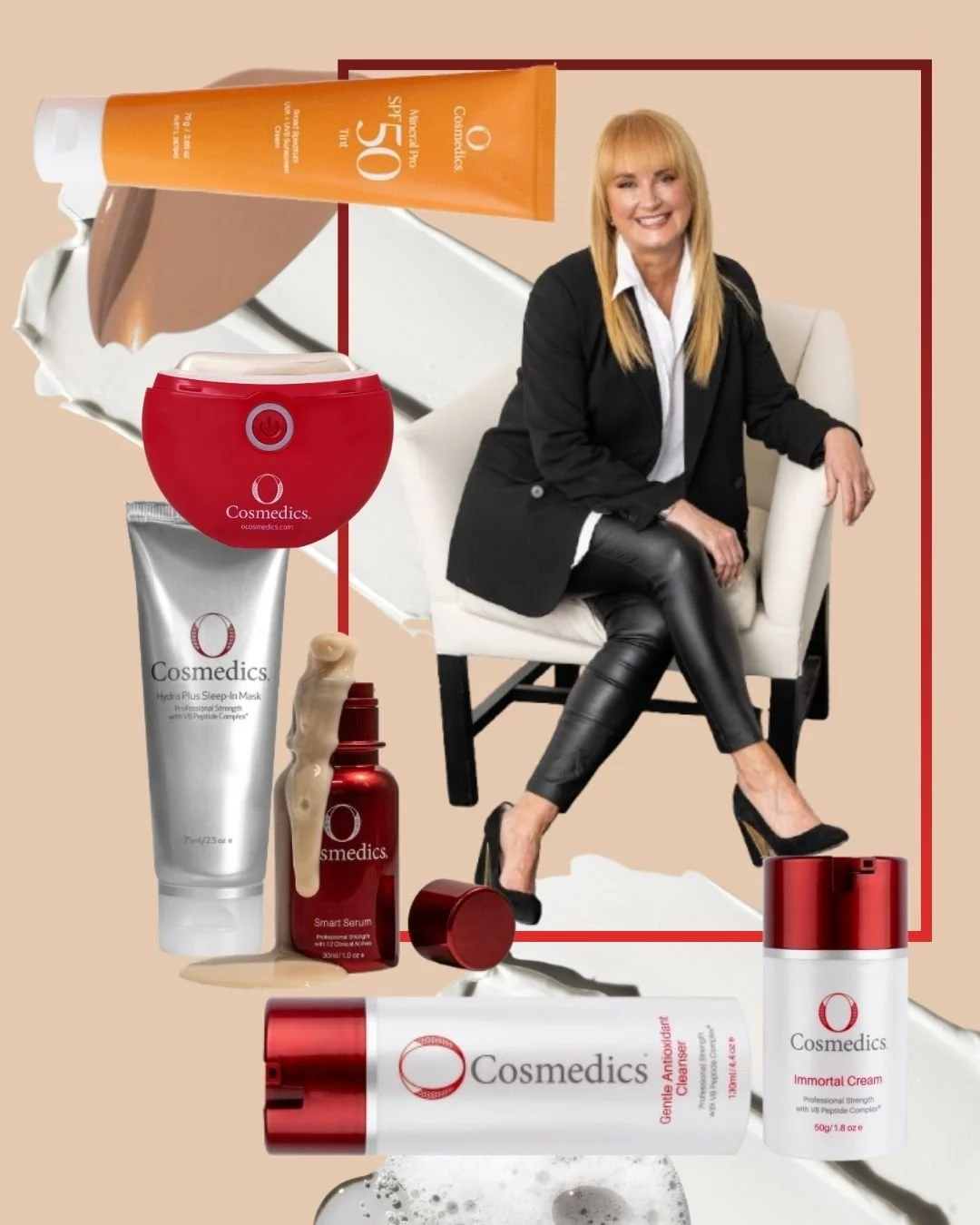

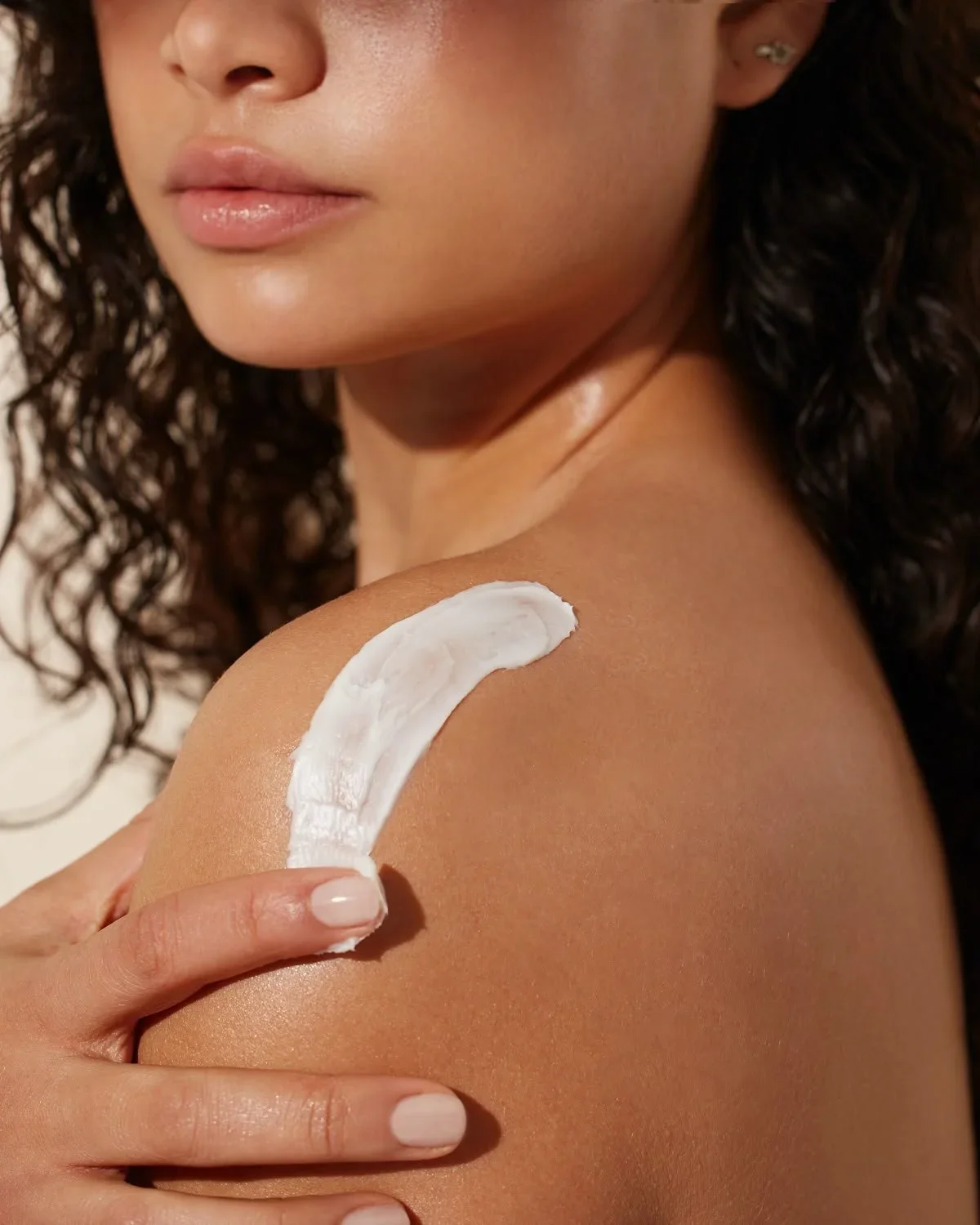
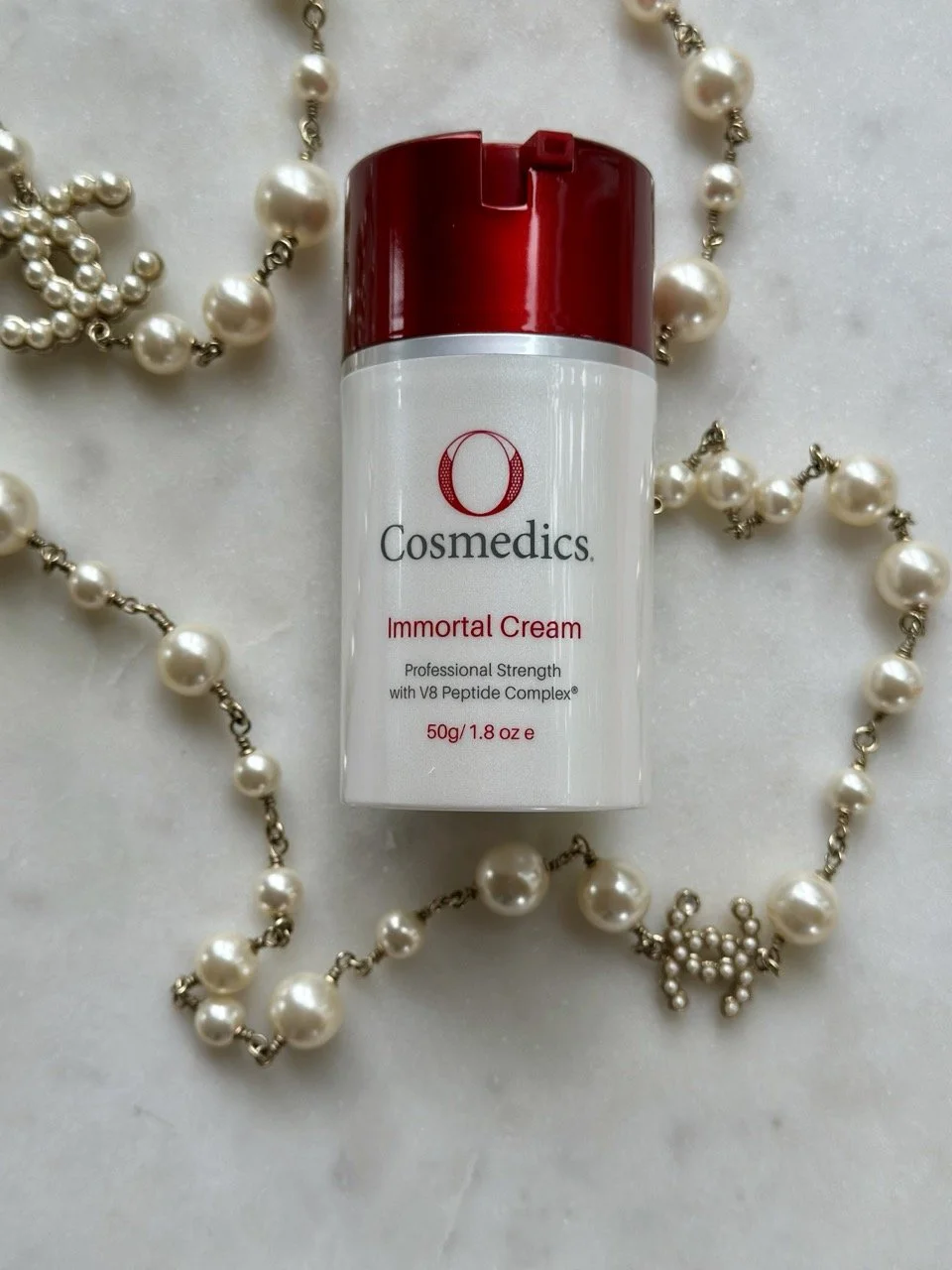
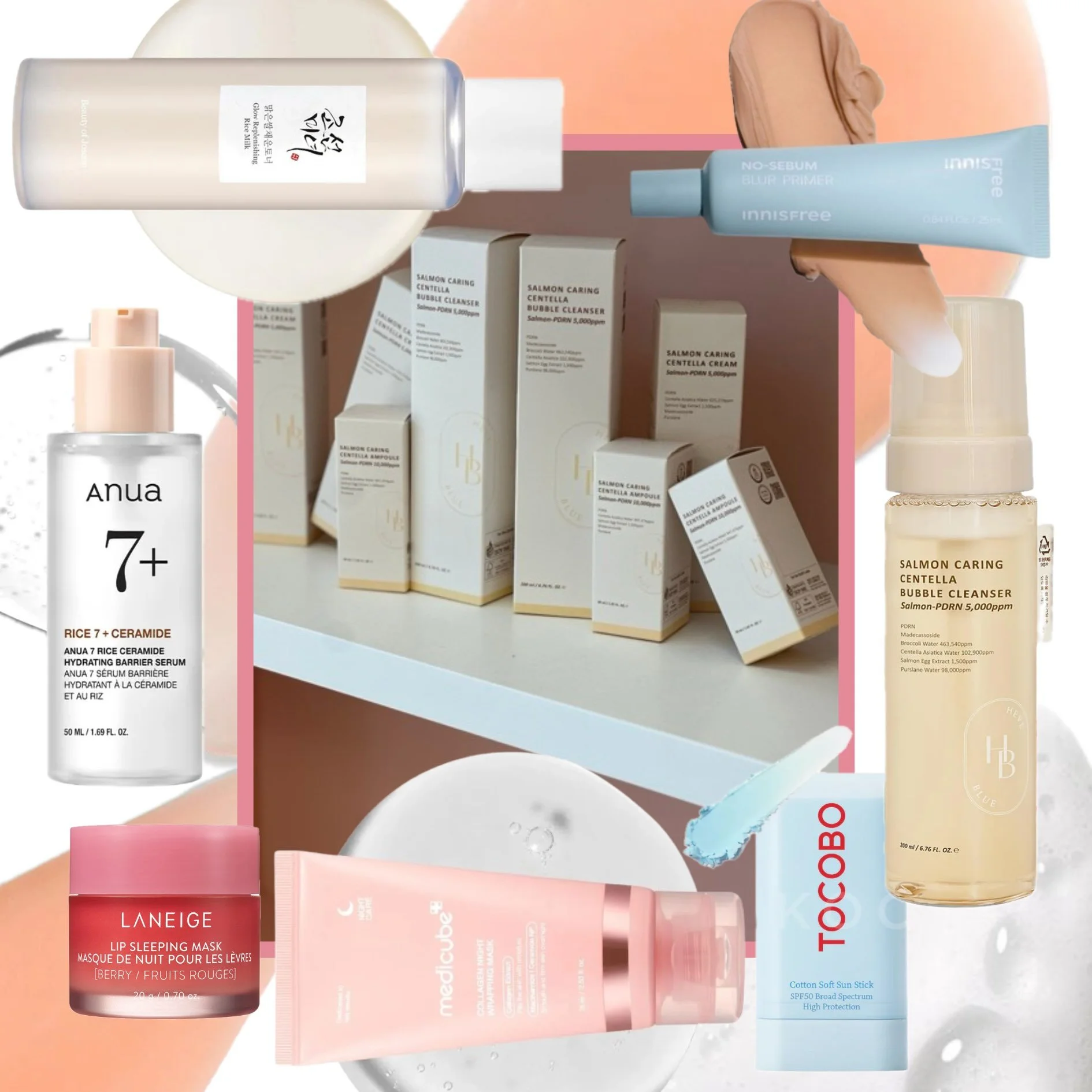

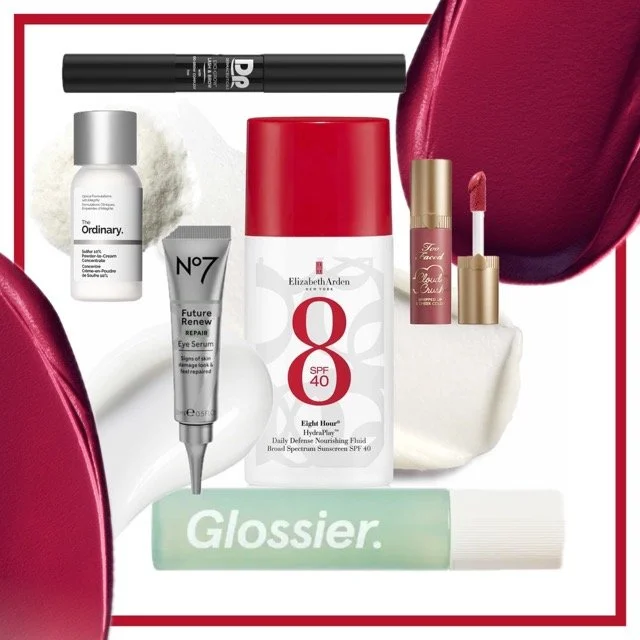






A top tool in the quest for skin longevity.